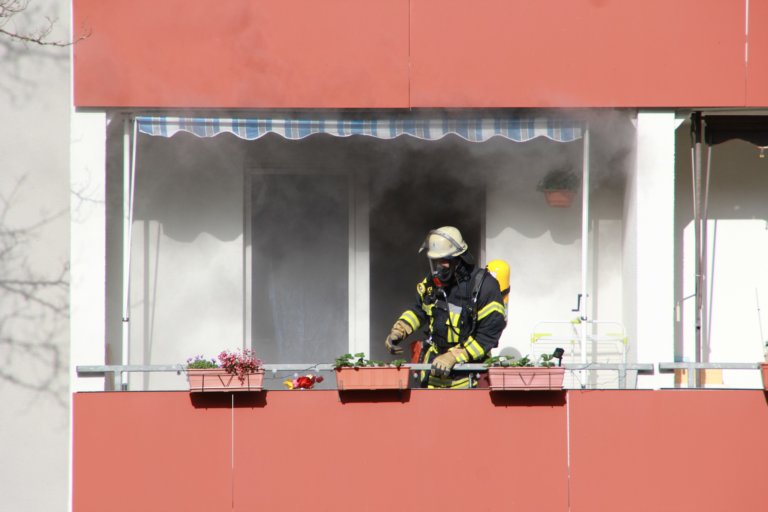Apartment Fires—The Importance of In-Building Wireless

When it comes to multi-family dwellings, smoke alarms aren’t enough to keep residents safe. Nearly 74% of all apartment fires are caused by cooking. This is nearly twice the number of cooking-related fires started in single-family homes. And the more tenants a building has, the more risk there is. In one study, smoke alarms were present in 58% of all fatal residential structure fires in the U.S. However, only 37% were confirmed to be operational. Preventing and containing apartment fires requires a layered defense strategy—one that includes reliable in-building wireless to communicate when help is required.
Distributed Antenna Systems (DAS) are essential to ensure that in the event of an emergency such as a fire, help can be reached. Newer building practices that utilize LEED designs (Low-E glass windows, better insulation, and base foundations of steel beams) can weaken cellular and Public Safety radio signals. This degrades the ability of residents to call for help and reduces the first responder’s ability onsite to communicate effectively. This can lead to life threatening risks for both the public safety responders and the general public.
This is why the National Fire Protection Association and the International Fire Code have mandates and codes requiring emergency radio communication signals meet a sufficient level in all new building construction. The IFC code states that an in-building Emergency Radio Responder Coverage system is required if the signal does not meet the signal reception threshold of -95 dBm through 95% of the building or that a Delivered Audio Quality (DAQ) of 3.0 is not present in 95% of the building. These systems have become so important that some jurisdictions are requiring they get alarmed, monitored and tested on a yearly basis to ensure proper performance.
On the cellular side, the National Emergency Number Association states that 80% of 911 calls come from wireless devices as of 2020 in the United States. In many cases, residents don’t own landlines, making their cell phone their primary communication device. If cellular signal is poor, calls cannot be made. Installing a Cellular DAS system will ensure that cellular signals are strong enough to have reliable service. With mobile phone usage only going up and the increased reliability on cell phones, these Cellular DAS systems have seen an increase in deployments in the last couple of years in high rises. Due to these trends, residents have an expectation that their cell phones will work. And that need and expectation is even more vital in the case of an apartment fire when emergency responders need to be notified.
In addition to installation of in-building wireless systems, GenComm offers a full range of services to confirm our customers are compliant with jurisdictional public safety radio codes and ordinances. Contact us today to learn more.
